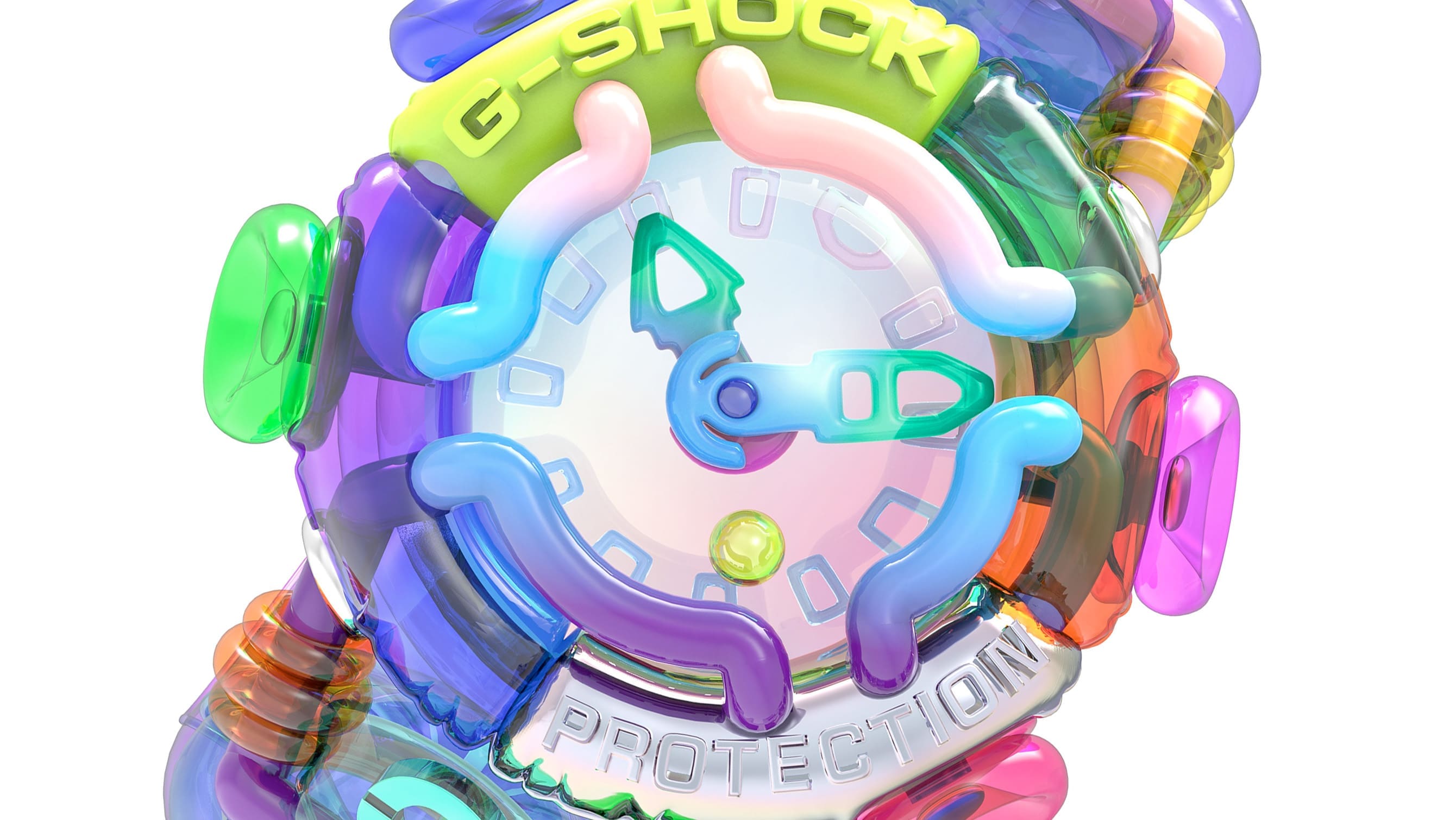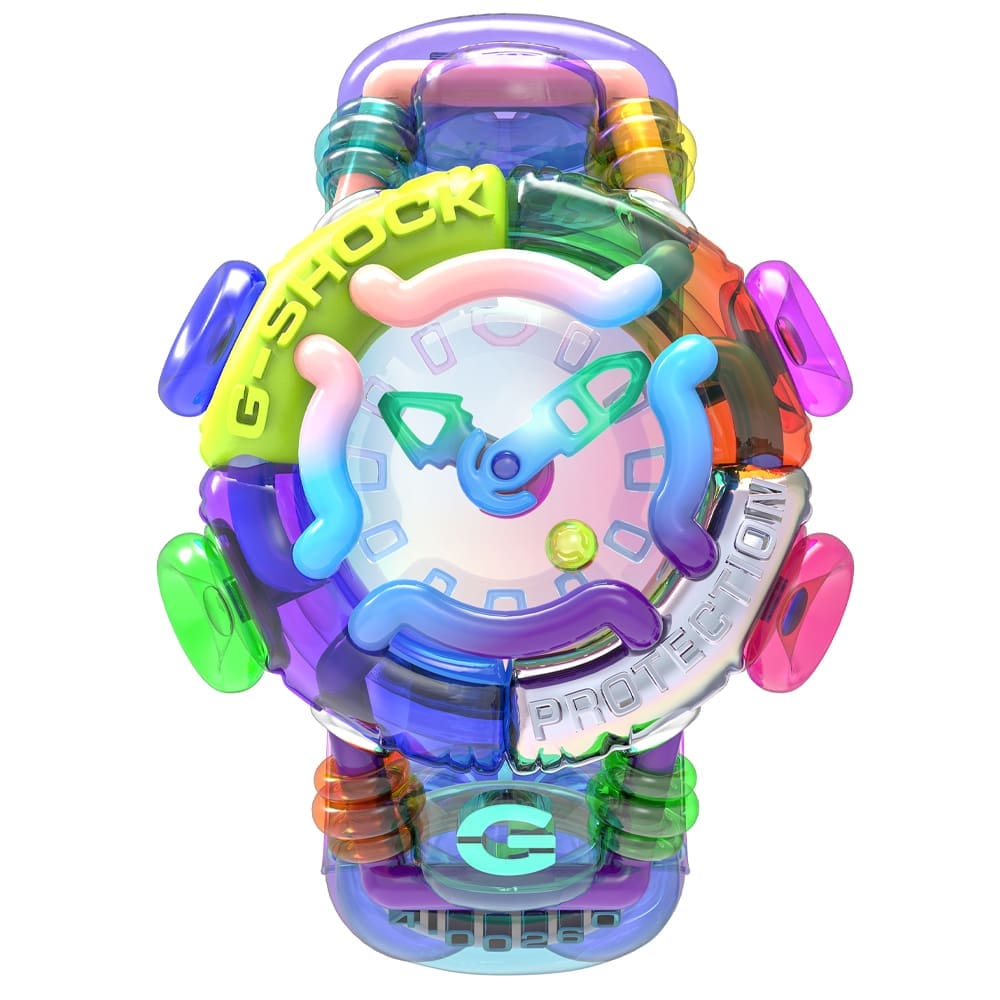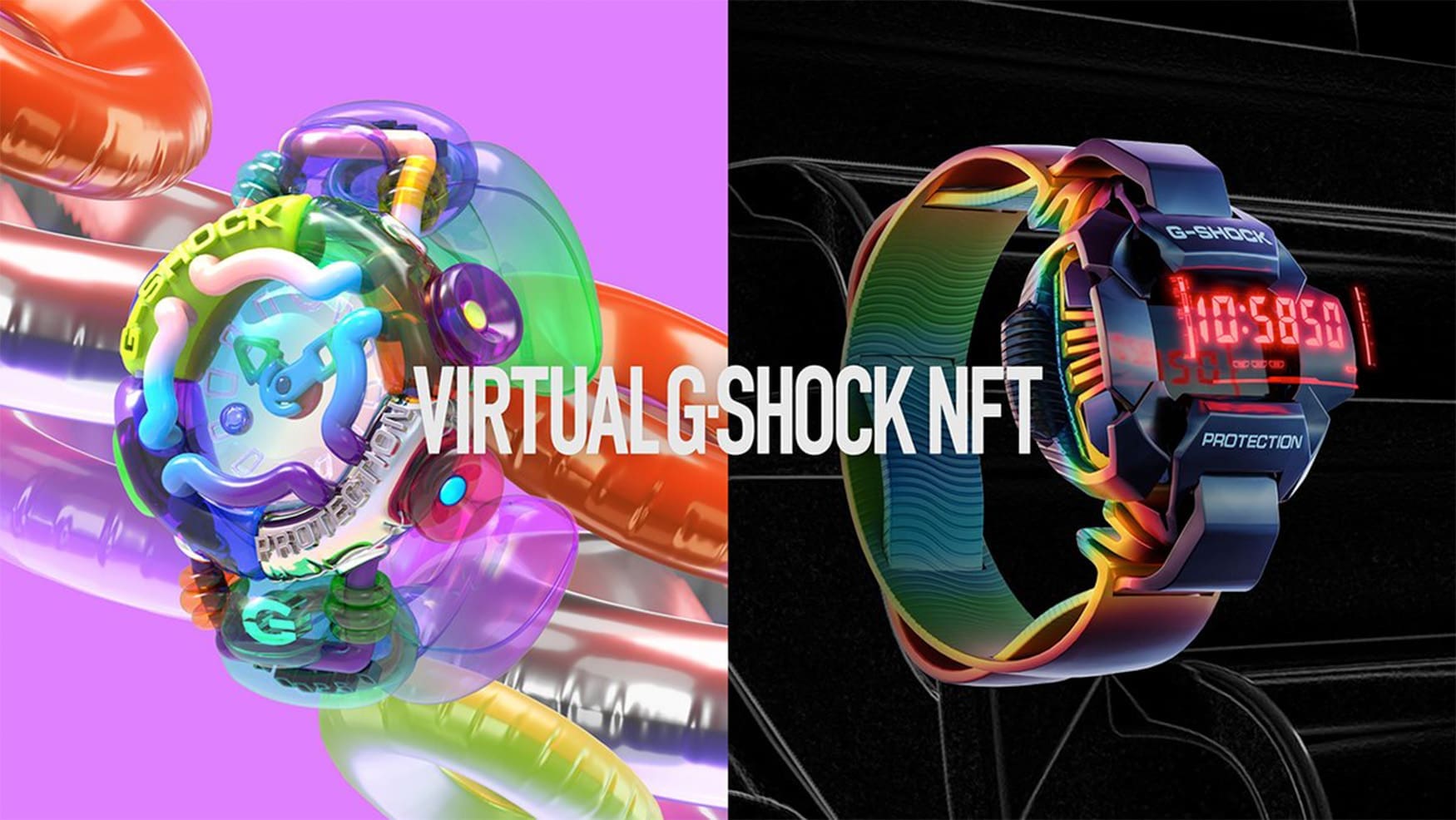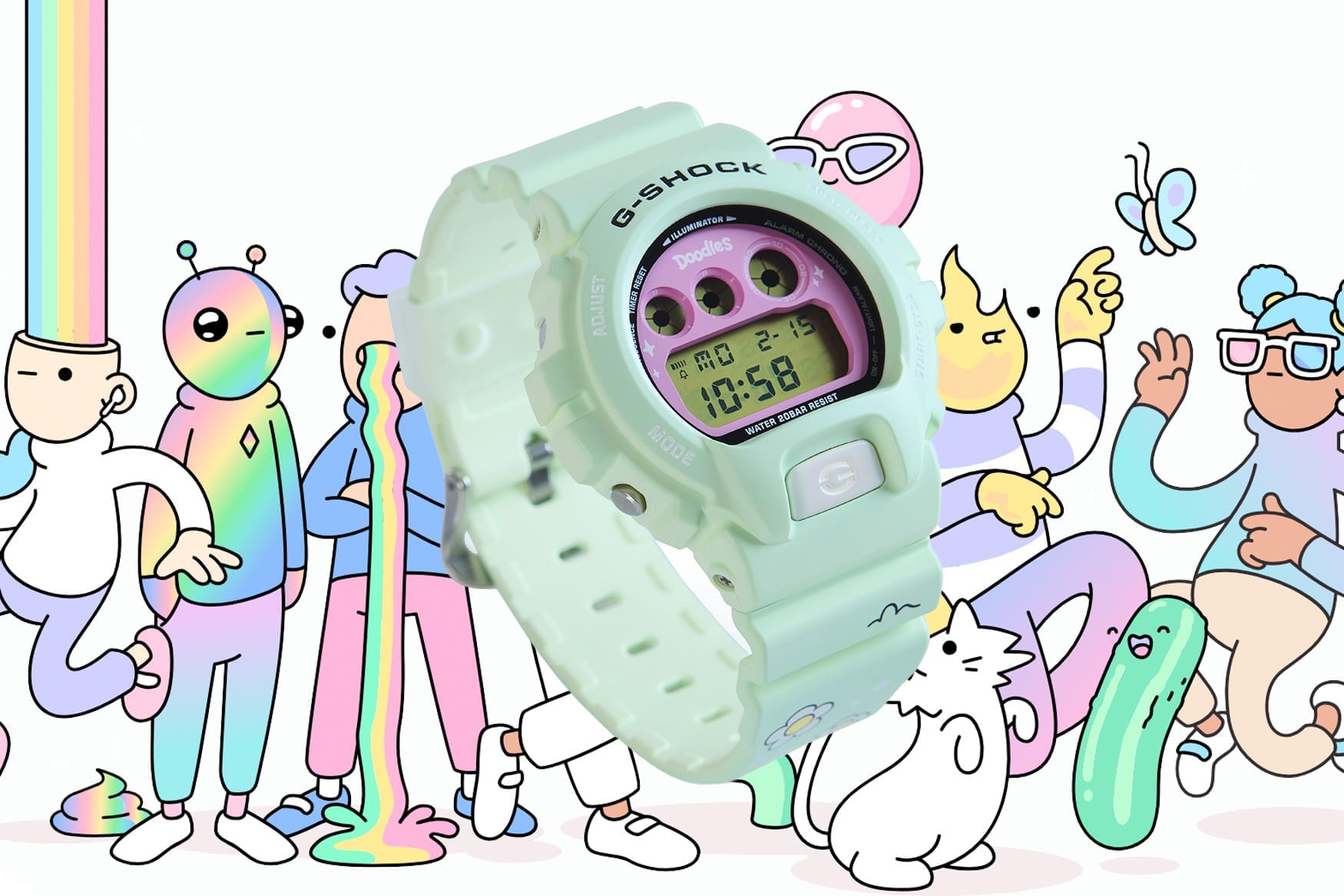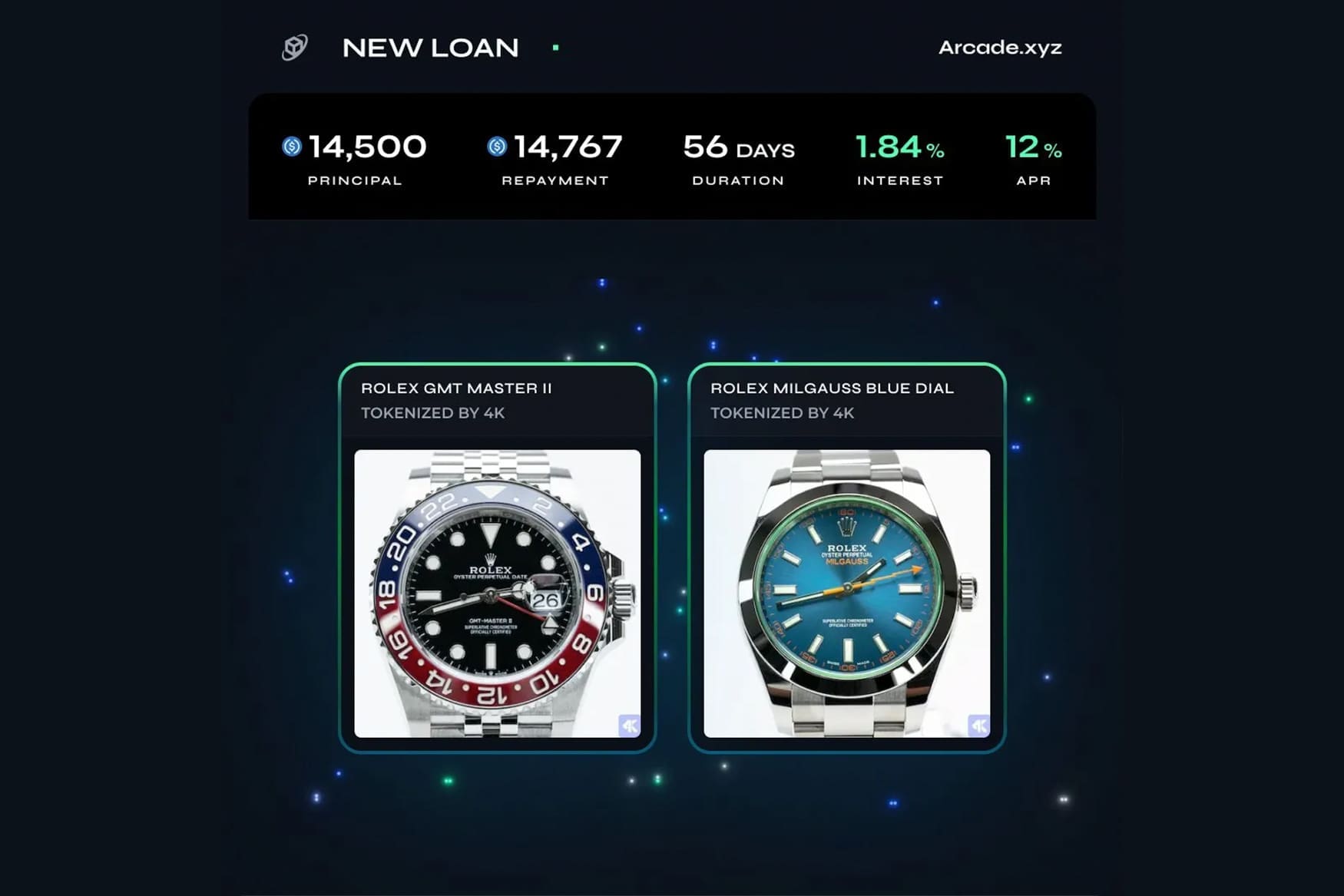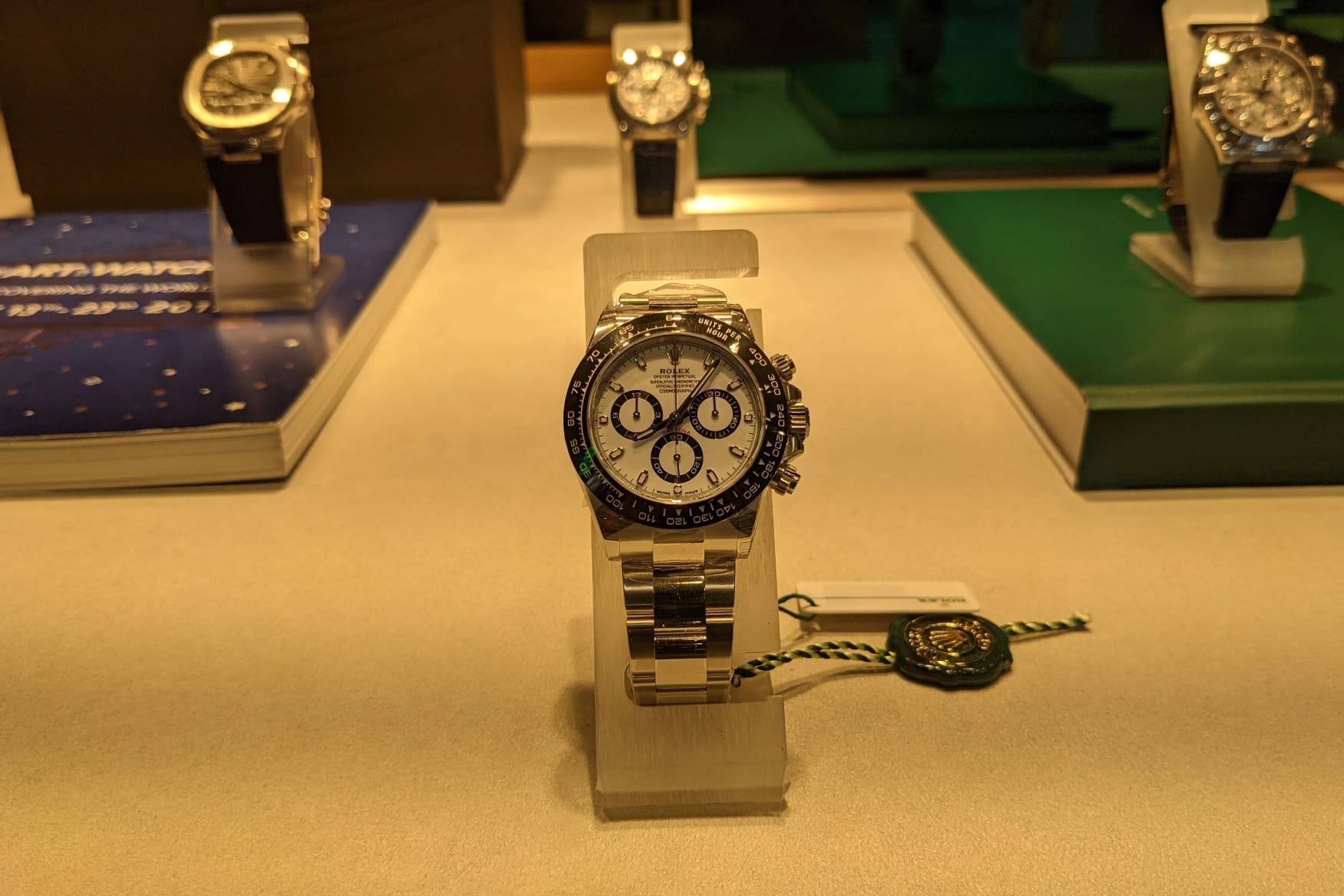Watches, NFTs and the digital age: where can we possibly go from here?
Tom AustinThese devices that we call watches that we spend so much time occupying ourselves with generally couldn’t be more analogue. As long as it’s not a digital watch, luxury mechanical wristwatches are, at their heart, a relic of the past. In an era where almost everything we buy and own has to be ultra-modern, watches, on the whole, stand out as often being representations of classic designs, capturing history. Their interior movements comprise an almost ancient collection of cogs, wheels and gears using nothing but a simple rocking motion to keep it alive. No circuit boards, no screens, no batteries, unlike the multitude of devices we use today.
The luxury mechanical wristwatch is seemingly immune to digital, technological advancements, but that’s not to say that has to be the case forever. Times are changing faster than ever, and there are a few ways some of this technology can drive watches further into the future in some very interesting ways – namely, with NFTs and the blockchain.

Our former editor Nick wrote a great explainer about NFTs back in 2021, when NFT hype was at its peak – give it a read here. Since the COVID-19 pandemic, much of the mania and speculation around NFTs has died off. As vacuous as some NFTs are, the technology that underpins NFTs isn’t trivial and has many real-world applications other than just letting people know you own a picture of a monkey. Indeed, NFT technology could be particularly useful in the luxury watch space – and some brands are already experimenting with the technology.
Follow the thread here: thanks to blockchain technology, one can “own” a token, which proves provenance and ownership rights to whatever that token pertains to. Also, due to the way the blockchain is constructed, it’s impossible to disentangle, falsify or duplicate these tokens and the information stored within them. The interesting part is that these tokens don’t have to be linked to silly animal pictures: they can be linked directly to real, tangible physical objects. Let’s take a look at the hypothetical scenarios first. This all means that in the future, you could own a Rolex watch, which is inextricably linked to a token that resides in your Rolex “wallet”. No, not one of the fancy leather ones you have to beg to get from your AD: a digital wallet, in an app form.
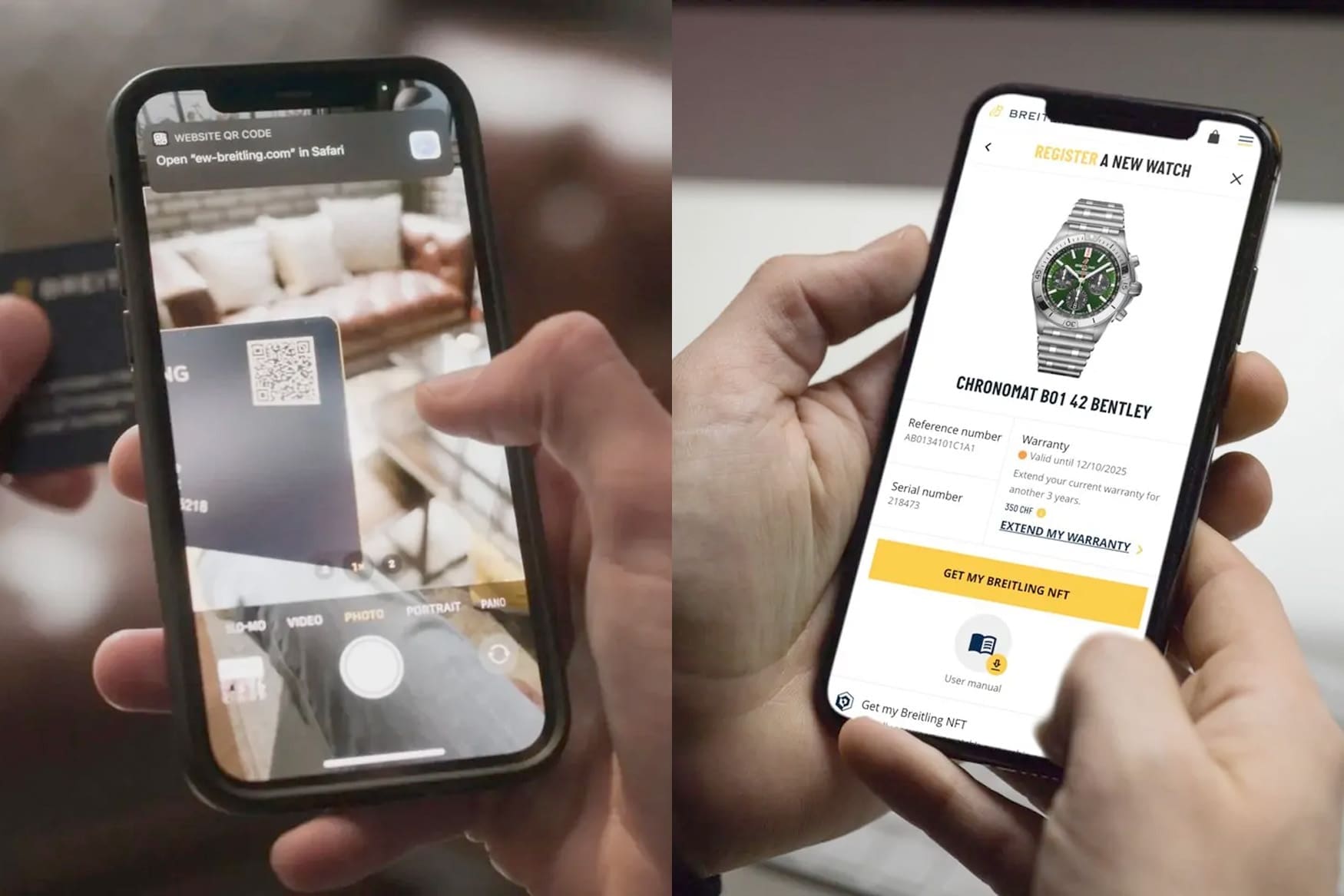
This token would firstly not only prove that the watch is 100% genuine from the manufacturer but also would prove that you, and only you, are the sole owner of the watch. “Why do I need this?” I hear you cry, and that’s a great question. One instance would be as follows: think about when you come to buy a Rolex watch on the secondary market in the future. You’ll be able to check the watch’s ownership history and authenticity because it will only exist on the official Rolex network.
There’s also a world in which, thanks to NFC (that’s “near field communication”, not to be confused with “non-fungible token”) chip technology, you’ll eventually be able to tap your phone to a watch, and it will find it automatically.
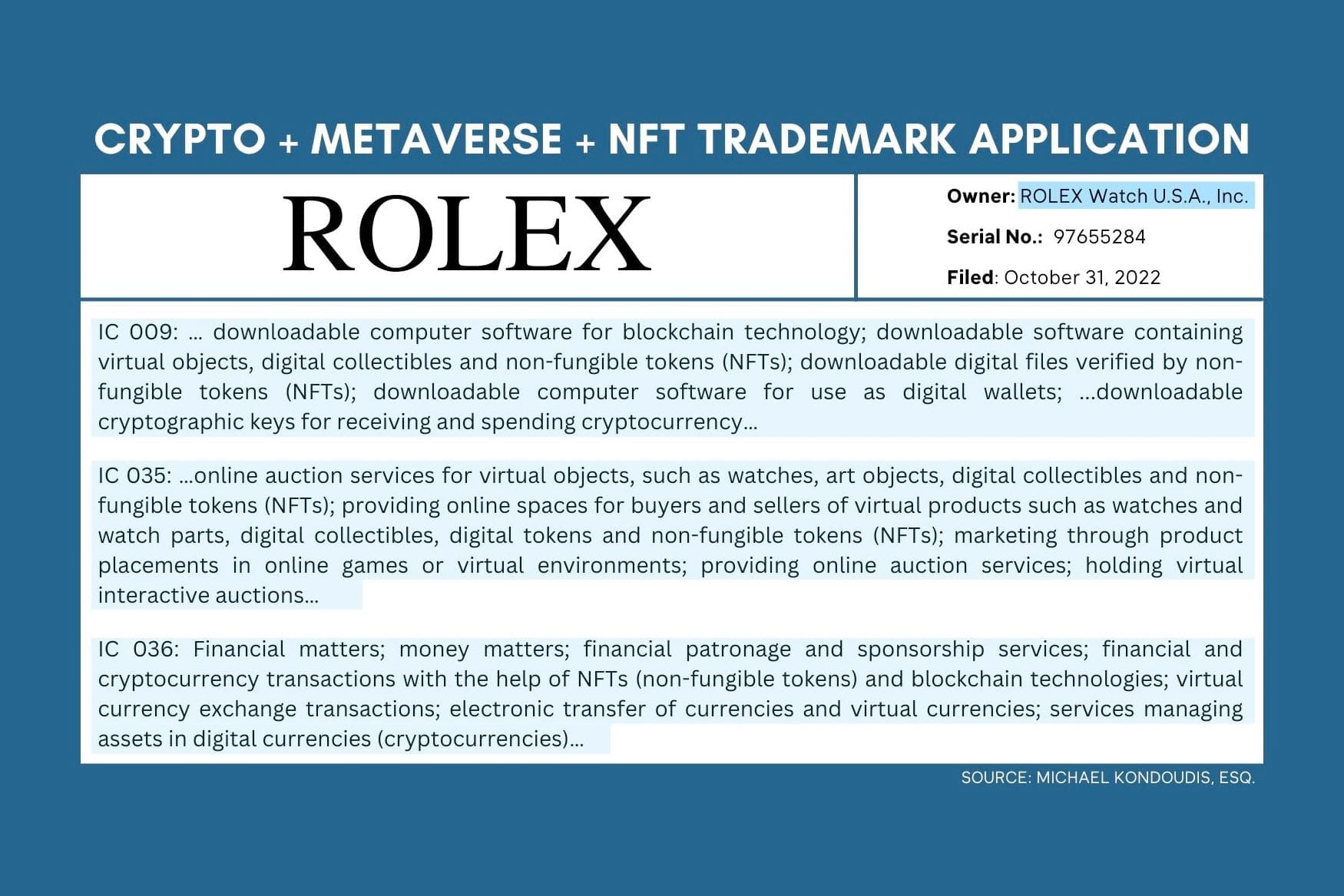
This is a pretty big step in terms of watch security and also a big challenge to what can happen with watch crime. Of course, it won’t completely prevent people from paying cash for a physical stolen watch. However, it may well prevent that from entering the market once again to an unsuspecting retail buyer. To date, Breitling, Richard Mille, IWC and Panerai have partnered with a company called Arianee and are already rolling out these features when you buy a new watch, all by just scanning the watch’s warranty card. Go on, if you’ve got one, give it a try!
Additionally, in October 2022, Rolex themselves filed trademark applications for their own in-house blockchain and NFT technology, so this stuff won’t be hypothetical for much longer.
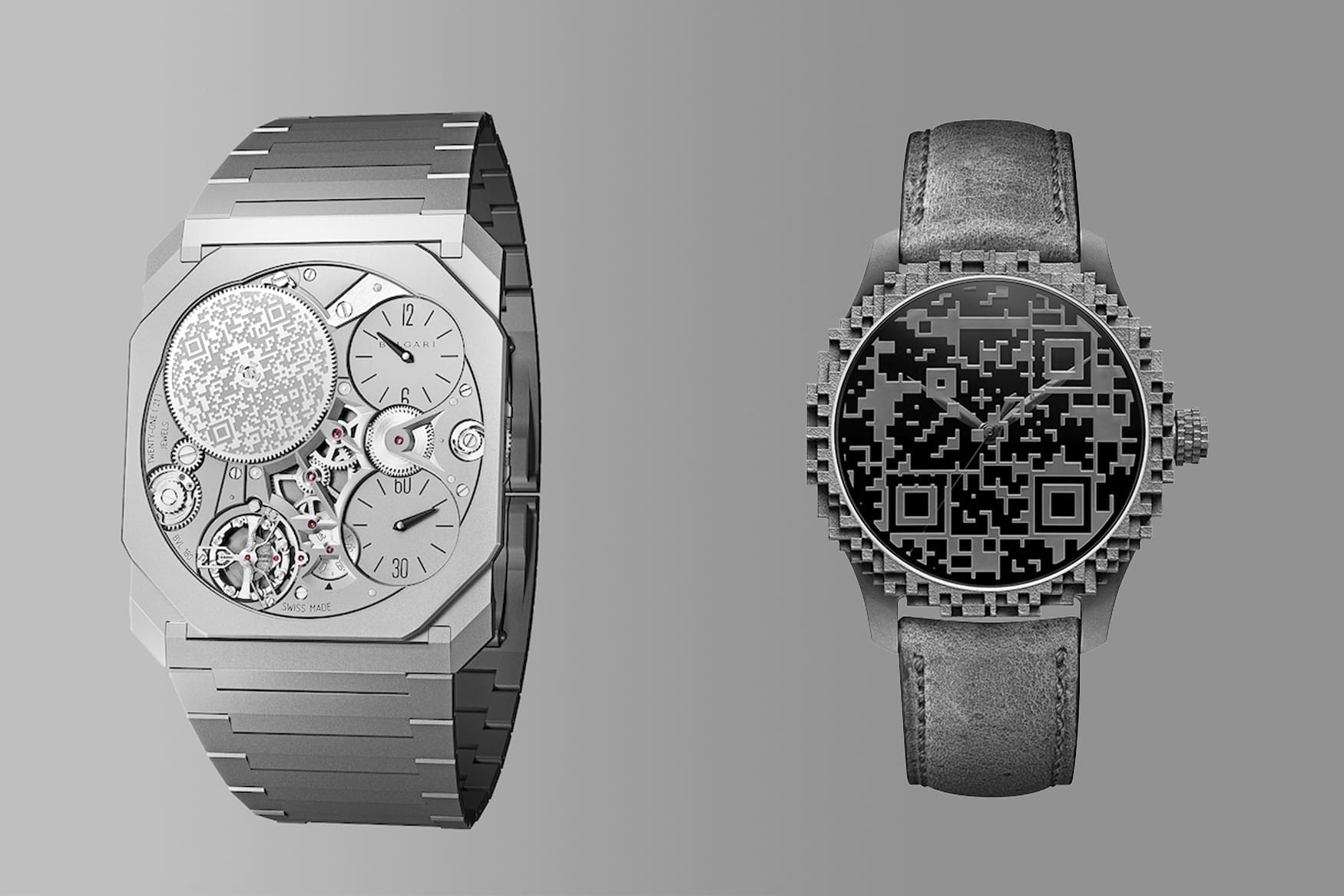
We’ve already begun to see the physical integration of digital counterparts, with examples such as H. Moser & Cie’s Endeavour Centre Seconds Genesis, and Bulgari with their ultra-thin Octo Finissimo Ultra. Both watches feature integrated QR codes – with the Moser making a serious statement about it – and these link directly to an NFT belonging to the watch’s owner. These are arguably rather crude applications in many ways, and it’s incredibly difficult to see that something like this is what we’re all going to be wearing in 5 to 6 years.
Nevertheless, things have to start somewhere, and there’s a strong reason to believe that going forward, we may see more and more digital integration into new watches like this. I just hope it’s more subtle. Expect hidden NFC chips integrated into watch cases or scannable QR codes which cannot be faked to become more commonplace as we see more and more watch brands bring this technology on board. Again, the future’s closer than you think: brands like Swatch and Withings already make watches with NFC chips that can be used to make contactless payments…
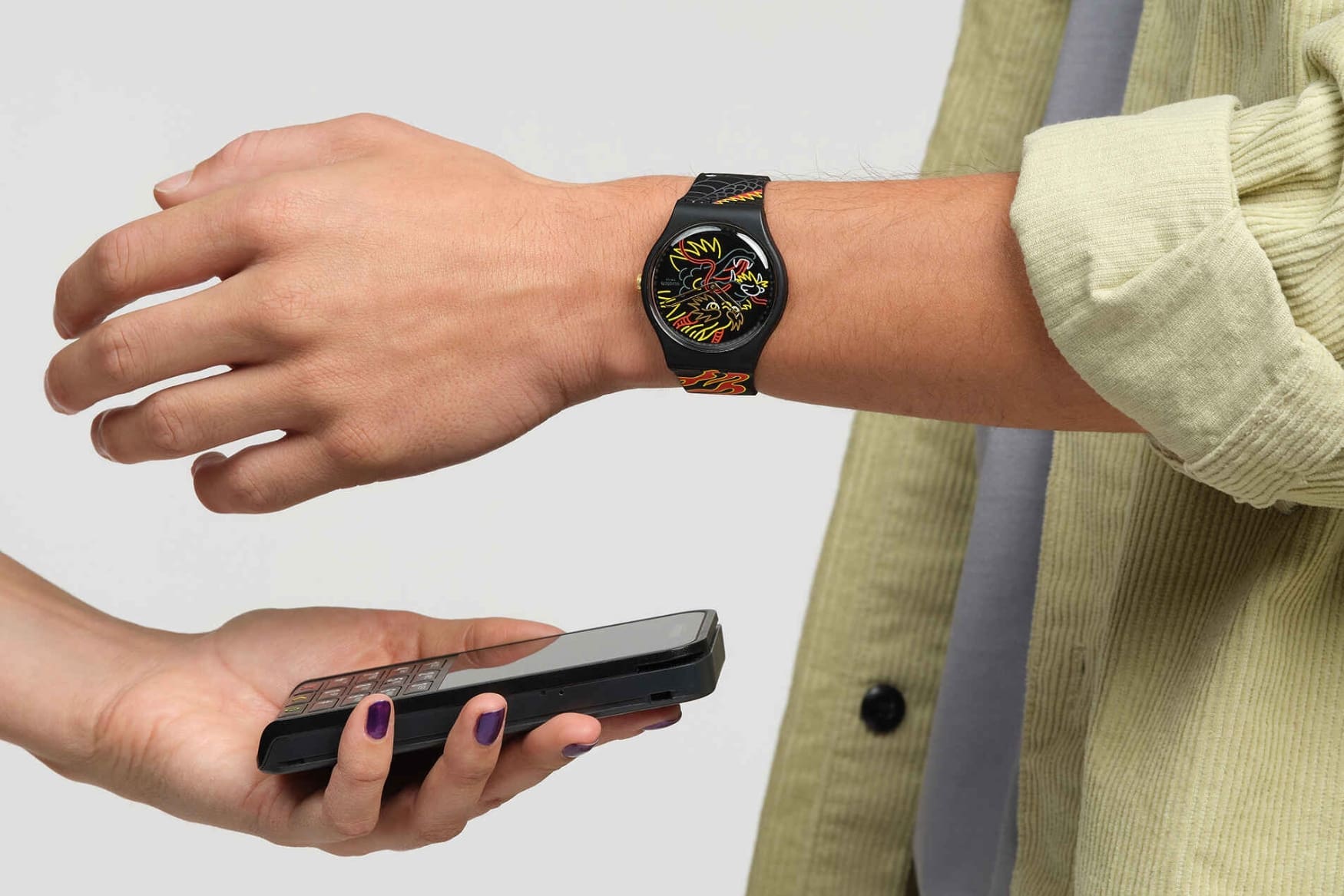
These use cases are all well and good, but they’re a little dry, I suppose. It’s not exactly an exciting prospect and certainly won’t impact your enjoyment of the watch, that’s for sure. If you never intend to sell the watch, then perhaps it may not even be of any use to you. However, there are a few more use cases for watches and NFTs, which might be a little more exciting. Remember, I mentioned proof of ownership previously. This means that a watch brand can choose to reward you, as the owner of that token, with exclusive experiences or other digital collectables that, in time, may well go on to be desirable.
Imagine you manage to get lucky and get a highly limited Omega Speedmaster, of which there are only 100 made, complete with a digital ownership NFT. Omega would then be able to give you access to all manner of digital experiences, artwork and other merchandise, all through just owning that NFT. Pretty cool.
This is already happening now: one great example of this is Casio’s recent NFT release, the “Virtual G-Shock”, currently existing as a 3D animated conceptual artwork, but owning this NFT will give you access to limited releases and experiences in the future. Furthermore, only around 130 tokens of both styles exist, which is pretty exclusive if we’re talking in real limited edition terms. If funky G-Shocks are your thing, then this is definitely an interesting use case, especially when you can also burn the NFT (yes, you can do that) to claim a physical, limited-edition watch.
This isn’t G-Shock’s only foray into the digital world. Going back to cartoon images for a moment, this month, they announced a collaboration with the now-famous Doodles NFT project, associated with none other than artist (and watch lover) Pharrell Williams. The result was a G-Shock DW6900 in a limited edition Doodles colourway, complete with a Doodles character smiley face backlight and illustrations on the strap. Each of the watches also comes with a digital collectible you can claim.
The idea of an NFT collection collaborating with one of the best-known watch brands in the world might sound insane, but there’s clearly a market for it: following the announcement of the partnership, Doodles NFTs saw a 62% increase in sales overnight. It’s confirmation that while, yes, indeed, a lot of these NFT collections are complete garbage, there are some interesting collections and brands out there that are pushing the limits of what’s possible in this emerging space. NFTs and RWAs (Real World Assets in crypto-speak) are becoming increasingly intertwined, and we will continue to see activations of brands pushing forward new purchasing experiences.
So, we know that NFTs can have a connection with physical and digital collectable items. We also know that NFTs can represent assets that can be traded, bought and sold on digital platforms too. Now, something that only up until recently captured the attention of the art world is now hitting watches too: a new, almost frightening trend has emerged, integrating smart contracts on the blockchain and NFTs to allow monetary loans to be taken out against physical assets, such as, yes, you guessed it, luxury watches.
Essentially, facilitated through decentralised finance (DeFi) platforms and utilising smart contracts to ensure transparency and security, it’s now possible to leverage your watches as collateral to secure loans without selling them. Of course, this is highly risky, especially with the volatile nature of cryptocurrency prices and how watch values fluctuate constantly. So before you go getting loans against your watch collection, I highly recommend fully understanding the risks involved. Borrowers who fail to meet repayment obligations are at risk of defaulting and, in turn, having their Daytonas liquidated. Now, this might not be something that every watch enthusiast may be interested in, however, it’s another interesting use case as we enter into this brave new digital world.
Overall, I’m fairly excited about the kinds of things that all of this brings to the table in the future. Watches don’t have to always be about stuffy, time-served practices that have been done a million times before. Mainstream media has had a field day with NFTs since they first appeared, but once the surface is scratched, there are actually some interesting things going on that, if you take the time to investigate, might just change your mind. I might not necessarily be on board with 3D watches in the metaverse just yet, but there is room for innovation, and if it helps prevent things like watch crime, I’m all for it.




